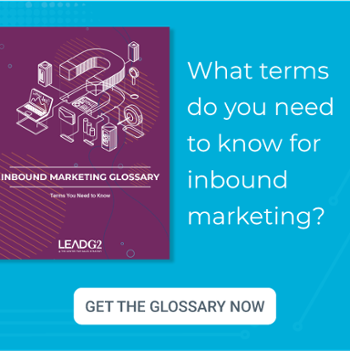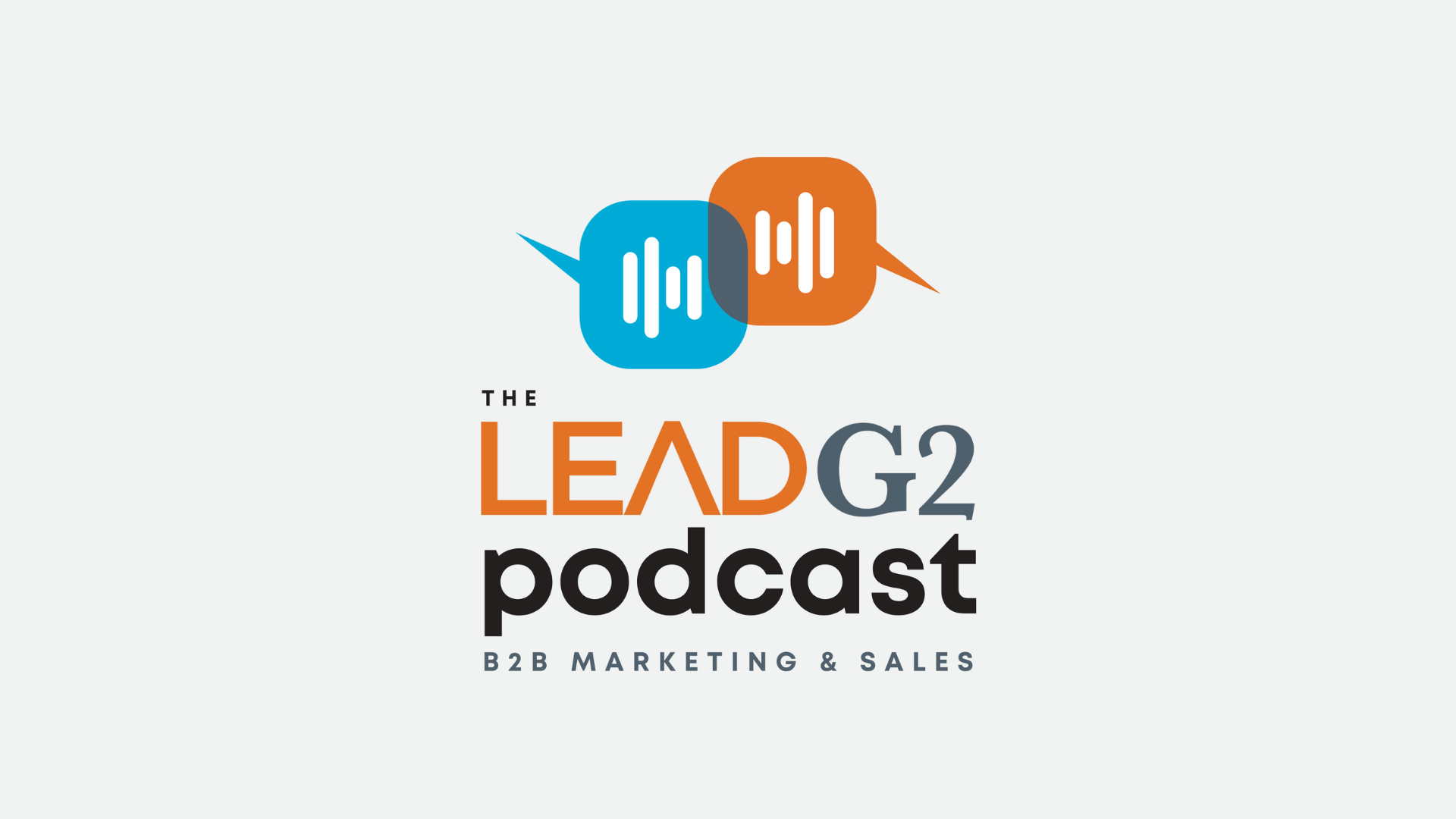1 min read
Breaking Down LeadG2’s Inbound Marketing and Sales Enablement Strategy with Shaye Smith
In this episode, we’re breaking down our own approach when it comes to inbound marketing and sales enablement as a company that specializes...
3 min read
 Maryanne McWhirter
:
December 29, 2021
Maryanne McWhirter
:
December 29, 2021


What makes for successful inbound marketing?
Easy, results.
How do you get results in the form of ROI?
Creating and implementing strategies specific to your business needs and measuring them with specific goals.
The strategy should come first for any new initiative, and we've seen much too often how the lack of strategy has doomed the project to dismal results. With that in mind, we have assembled here the specific elements that must be considered and determined if you are going to have a real strategy and real success with inbound.
 LeadG2 created a free resource that will help you titled: Inbound Marketing Strategy Checklist. Download your copy today and keep accessible for reference. To get you started, we've highlighted a few components of the checklist below.
LeadG2 created a free resource that will help you titled: Inbound Marketing Strategy Checklist. Download your copy today and keep accessible for reference. To get you started, we've highlighted a few components of the checklist below.
Lack of clarity on who is doing what with your inbound marketing is certain to undermine it. That’s true whether it’s a small program that taps the part-time efforts of just a couple of people or a much bigger initiative that involves several full-timers, and both of those can be successful!
When you clearly define responsibilities at the outset, it also helps you select the right person for each role and ensure that they have the tools or resources they need to ensure success.
Understand the roles of blog manager (day-to-day) and blog publisher (executive oversight), and then determine if you require additional help from an inbound marketing agency. Having one person as a single point of contact for all things inbound marketing who can hold ultimate responsibility and accountability is important for a strategy to take flight.
Target personas are simply descriptions of your key customer types; the best ones are highly detailed, so they come alive to help your entire sales process. These personas guide the type of content you create as well as the ways you promote your content and engage with your audience
We talk a lot about “blogging” when discussing inbound marketing, but not all content must be a blog post or eBook.
Your content should resonate with your target persona(s). If target research has determined that your persona would rather view infographics and watch videos, then you should focus more on the visual content and less on the text. Knowing who your audience is and how they prefer to engage with the content is essential to knowing what to create.
Additionally, planning this content is crucial. While it is always important to be flexible as needs arise, it is difficult to be successful without content planned and created in advance to address your target persona(s) needs and pain points. Creating a plan in advance for content is essential.
Forms, call-to-actions, and landing pages are all methods inbound marketers use to capture leads.
Are you currently implementing the latest best practices on these three? Does your website capture leads how it should? Once leads are captured, are they efficiently put through a lead flow plan? These are critical pieces to strategy that needs to be intentional.
75% of people say they never go past the first page of Google when searching something. That proves SEO & keyword strategy should be pretty important to your business strategy to bring organic visitors to your website. While SEO and keyword strategy can be an overwhelming topic, if you partner with experts with clear goals, you can make a big impact.
Some say you should spend 20% of your time creating content and 80% of your time promoting your blog.
It's a good method to follow, and depending on your target persona; social media can be one of the best ways to do so. Make sure that you include social media strategy in your promotional strategy.
What would be a successful inbound marketing effort for you?
If you don’t know, you’ll never be successful. Once you determine what success looks like, you need to put metrics on it. Then derive goals from that (you’ll probably want those numbers to grow from month to month, right?) Now you can start collecting the data and comparing it to the standards (goals) you set.
If your inbound marketing strategy covers all the items on our Inbound Marketing Strategy Checklist, then you're off to a great start. With the inbound marketing components listed in place and customized to your target persona, brand, and message, you have the potential to drive more qualified leads and boost your bottom line!
*Editors Note: This blog was originally written in 2015 and has since been updated.

1 min read
In this episode, we’re breaking down our own approach when it comes to inbound marketing and sales enablement as a company that specializes...

How much time do your salespeople invest in chasing unqualified prospects? The uncomfortable truth is that once they’ve invested time on a lead,...

As a B2B business, providing value, building relationships, communicating consistently, and standing out among the competition is essential. To do...